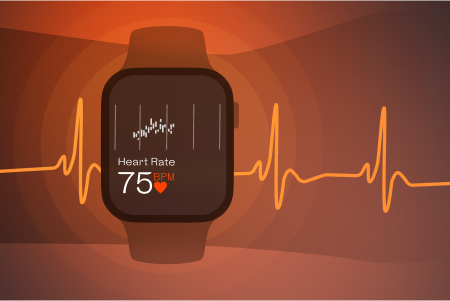


Welltory — All-in-One Wellness App.




Home » Activity & Workouts » Anaerobic Heart Rate Zone

When it comes to improving athletic performance and pushing personal limits, understanding the anaerobic heart rate zone is essential. This time we’ll delve into the benefits of anaerobic exercise, how to calculate your anaerobic heart rate zone, and how Welltory can assist in tracking and optimizing your workouts.
The anaerobic heart rate zone, sometimes referred to as the “red zone,” is the point at which your body switches from aerobic (with oxygen) to anaerobic (without oxygen) metabolism [1]. During anaerobic exercise, the body relies on stored energy sources, like glycogen, to fuel high-intensity workouts[2].
To calculate your anaerobic heart rate zone, you can use the Karvonen formula[6]:
Determine your maximum heart rate (MHR): Your MHR is the highest number of beats your heart can achieve per minute during intense exercise. The most common method to estimate your MHR is to subtract your age from 220. For example, if you are 30 years old, your estimated MHR would be 220 – 30 = 190 beats per minute (BPM).
Measure your resting heart rate (RHR): Your RHR is the number of times your heart beats per minute when you are at rest. To obtain an accurate measurement, take your pulse first thing in the morning before getting out of bed or engaging in any activity.
Apply the Karvonen formula: The Karvonen formula is a widely used method for calculating heart rate zones, taking into account both your MHR and RHR. To calculate your anaerobic heart rate zone, apply the following formula:
Anaerobic Heart Rate Zone = (MHR – RHR) x (80-90%) + RHR
Training in the anaerobic heart rate zone offers a multitude of benefits that can significantly improve your athletic performance and physical fitness. By engaging in high-intensity workouts that push your body into the anaerobic zone, you can experience the following advantages:
Improved muscle strength and power: High-intensity anaerobic exercises, such as sprinting and weightlifting, help develop stronger, more powerful muscles[3]. This increased strength can translate into better performance in various sports and daily activities.
Increased cardiovascular capacity: Training in the anaerobic zone challenges your heart and lungs to work harder to deliver oxygen and nutrients to your muscles[4]. As a result, your cardiovascular system becomes more efficient, allowing you to sustain higher levels of physical exertion for more extended periods.
Enhanced lactate threshold: The lactate threshold is the point at which lactic acid starts to accumulate in your muscles faster than your body can remove it[5]. By training in the anaerobic zone, you can increase your lactate threshold, helping you maintain high-intensity efforts for longer durations before experiencing muscle fatigue.
Boosted metabolism and calorie burning: Anaerobic exercises are known for their ability to increase your metabolism, both during and after your workout[10]. This means that you’ll burn more calories during your training session and continue to burn calories at an elevated rate post-exercise, promoting fat loss and weight management.
Improved mental resilience: High-intensity anaerobic training can also help develop mental toughness and resilience[11]. Pushing through challenging workouts teaches your mind to cope with discomfort and overcome physical limitations, leading to enhanced mental strength and a more robust mindset in various aspects of life.
Harnessing the power of heart rate variability (HRV) analysis, Welltory is an app that can help you personalize your training plan and optimize your workouts. By monitoring your HRV, Welltory can provide valuable insights into your body’s recovery and readiness to exercise, ensuring that you train at the right intensity and frequency for your unique needs.
Assessing recovery and readiness: HRV is a measure of the variation in time between successive heartbeats and has been shown to be a reliable indicator of your body’s recovery state[7]. A higher HRV suggests that your body is well-rested and prepared for more intense workouts, while a lower HRV indicates that you may need additional rest or lighter exercise[8]. Welltory uses this information to help you determine the optimal intensity and duration of your workouts based on your current recovery state.
Tailoring workouts to your fitness level: Welltory’s HRV analysis allows the app to adapt your training plan to your specific fitness level, ensuring that you’re always progressing at a pace that’s appropriate for you[9]. By considering factors such as your age, gender, and current fitness level, Welltory can provide personalized recommendations for exercise intensity, duration, and frequency.
Tracking progress and adjusting your plan: As you continue to train, your HRV values and fitness level will change. Welltory can monitor these changes and adjust your training plan accordingly, ensuring that you’re always progressing toward your goals. The app can also help you identify any potential issues, such as overtraining or insufficient recovery, that may be impacting your progress.
Integrating with popular fitness wearables and apps: Welltory is designed to work seamlessly with many popular fitness wearables and apps: Apple Watch, Garmin, Fitbit to name a few, enabling you to track your workouts and HRV data in one place. This integration makes it easy to monitor your training, identify trends, and make informed decisions about your exercise routine.
Welltory Team, 28 Mar. 2023
 App Store
App Store
 Google Play
Google Play
 Huawei AppGallery
Huawei AppGallery
 Galaxy Store
Galaxy Store

